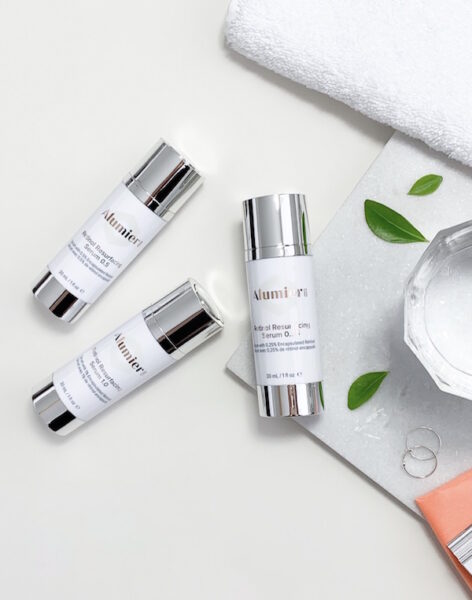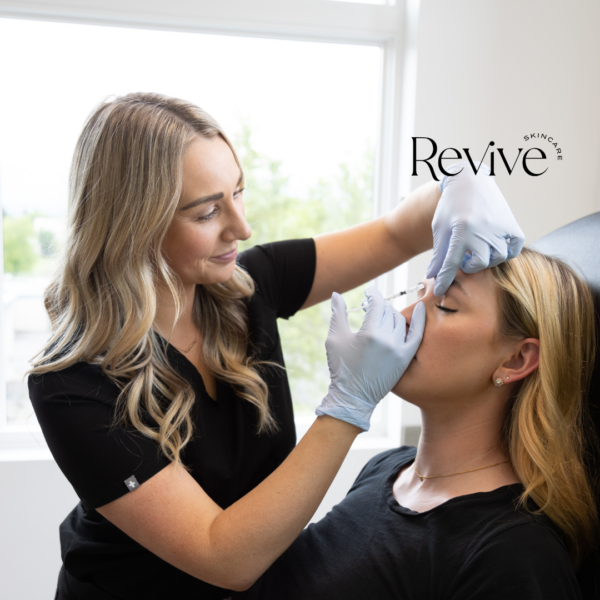The Okanagan, with our sunny days, outdoorsy lifestyle, and long summers, makes our climate an easy place to develop sun damage. You may often hear the term ‘hyperpigmentation’ as it covers all sun spots, brown patches, and the trickier to treat known condition, Melasma, all wrapped up in one category.
To begin, let’s break down why hyperpigmentation happens in the first place.
Overexposure to UV rays causes DNA damage to our skin cells. That’s why our body creates a tan, essentially creating pigment in the skin (called melanin), to protect us from the sun. Think of your body trying to create a shield for protection. With sun spots, the melanin created over years of repeated sun exposure clumps together, creating spots.

Skin that is inflamed or irritated, has the potential to easily create pigment. Your body is trying to shield the delicate tissue. A great example is when we get a pimple or a zit, and after that red, irritated zit goes away, oftentimes you are left with a small brown patch. Your body was shielding that area by producing melanin.
Melasma however, works slightly differently. This skin condition, sometimes known as the ‘pregnancy mask’ is hyperpigmentation often stimulated by hormonal shifts or imbalances. Melasma is recognizable by its brown to grey patchy appearance, typically seen in uniformity on BOTH sides of the face. The upper lip, cheeks, forehead can be affected.
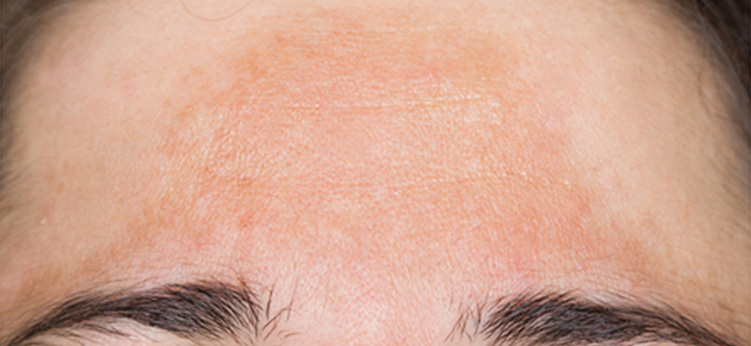
Melasma can be triggered by pregnancy, birth control use, UV exposure, heat, and light.
Due to these factors, treating melasma can be harder than treating freckles or sun spots. There is no cure, so skincare should be your first line of defense. Be careful with treatments for melasma, as a laser or light based treatment can easily aggravate and flare up the pigmentation. Always seek a skincare professional who has experience working with Melasma, and discuss options thoroughly before proceeding.
The most important factors in treating facial hyperpigmentation AND Melasma?
Limit sun exposure, and use a sunblock, SPF 30+, 365 days a year. Find a sun protection product you love to wear, and incorporate it into your daily routine!
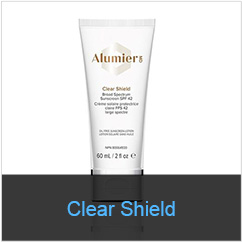
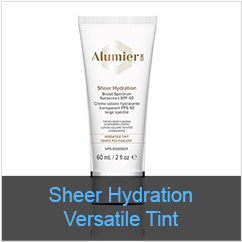
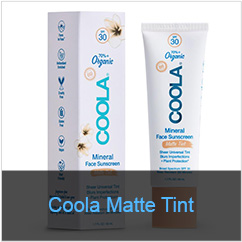
Along with physical sun protection (hats, sunglasses, UV rated clothing) , we recommend the following skincare products/ingredients, proven to help reduce pigmentation within the skin.

TRU NIAGEN™
TRU NIAGEN™ is a unique form of oral vitamin B3, which helps to fight off internal and external stressors that can lead to the breakdown of our skin and show premature signs of aging like discoloration and wrinkles.
1. Antioxidants, like Vitamin C and Vitamin E, to lighten pigment and boost sun protection.
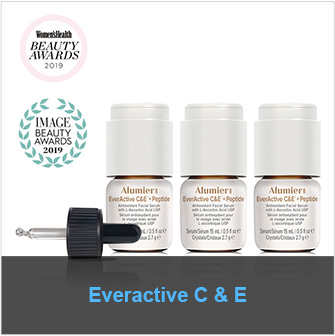
2. Arbutin and Kojic acid, naturally powerful skin brightening agents.
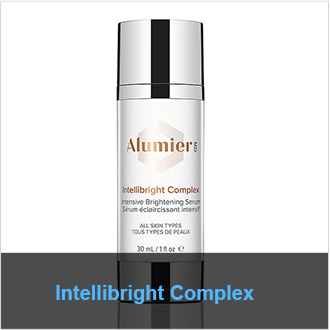
3. Retinol, to encourage cell turnover by helping to exfoliate off the hyperpigmentation.
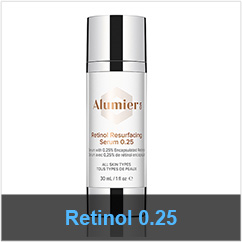


4. Hydroquinone 2%, a medicated ingredient that blocks melanin production at the source. This is considered more a treatment, and should be used for 3-4 months at a time only. Cycling on and off of Hydroquinone is safest and will help yield the best results.
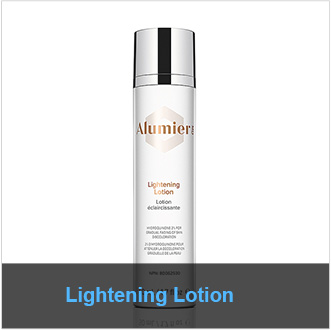
Want the convenience of having all you need wrapped up in one easy to use kit? Try the Alumier MD Brightening Collection for Hyperpigmentation.
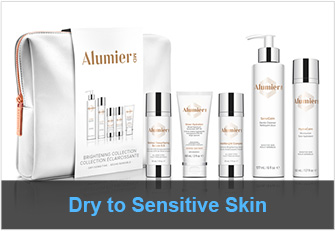
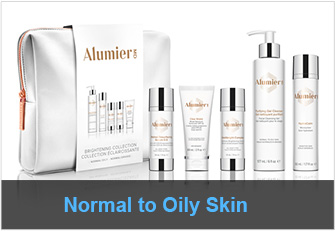
While we temporarily closed due to COVID-19, all of the Alumier MD Skincare line of products can be ordered online, using our unique clinic code. They feature FREE shipping direct to your home. Contact us for our unique code, and to chat with a skincare advisor to decide which products are best suited for you.
We look forward to helping you achieve your best skin possible!
Montana

